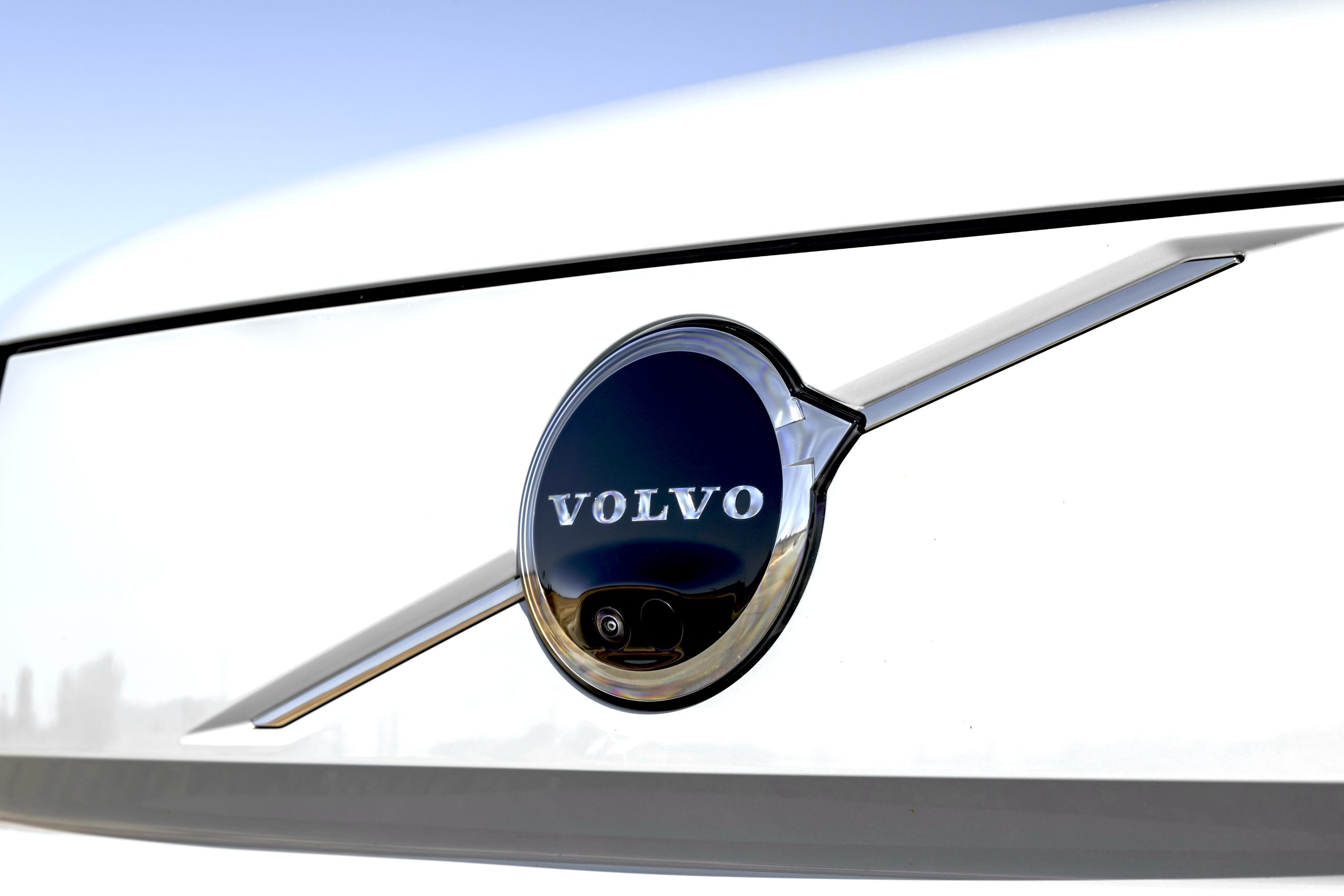
The advanced sensor technology sector, crucial for the development of autonomous vehicles, is facing a significant shake-up as Swedish automaker Volvo Cars has terminated a long-standing contract with Luminar Technologies, Inc., a leading developer of lidar systems. This decision marks a critical escalation in an increasingly fraught relationship between Luminar and its largest customer, arriving at a precarious moment for the sensor company, which is contending with a cascade of financial and operational challenges, including loan defaults and the specter of bankruptcy.
A Partnership Forged and Fractured
The collaboration between Luminar and Volvo Cars dates back to 2018, when Volvo invested in the Florida-based startup. This alliance was heralded as a pivotal step for both companies. For Luminar, securing a major automotive original equipment manufacturer (OEM) like Volvo provided invaluable validation for its nascent lidar technology, offering a pathway to mass production and market credibility. At the time, Luminar’s long-range, high-resolution Iris lidar system was positioned as a cornerstone for Volvo’s ambitious vision of enhancing vehicle safety and enabling advanced driver-assistance systems (ADAS) and eventual autonomous driving capabilities. Volvo, renowned for its safety innovations, sought to leverage Luminar’s technology to deliver on bold promises for safer roads and cutting-edge automated features, particularly in its next-generation vehicles.
This mutually beneficial relationship reached a significant milestone in 2020 when Luminar went public through a Special Purpose Acquisition Company (SPAC) merger, a popular financial mechanism for technology startups at the time. The SPAC deal valued Luminar at an estimated $3.4 billion, propelling its founder, Austin Russell, to become one of the youngest self-made billionaires. The partnership with Volvo was a key narrative point during this public offering, signaling confidence in Luminar’s technology and its potential for widespread adoption in the automotive industry.
However, the foundation of this alliance began to show cracks. On October 31, regulatory filings revealed Volvo’s decision to discontinue making Luminar’s Iris lidar a standard feature on its forthcoming EX90 and ES90 vehicle models. Furthermore, Volvo deferred its commitment to integrate Luminar’s next-generation Halo sensor into its future vehicle platforms. In a statement, Volvo Cars attributed its decision to "limit the company’s supply chain risk exposure" and directly cited "Luminar’s failure to meet its contractual obligations to Volvo Cars." Luminar, for its part, countered with a claim against Volvo for "significant damages" and consequently suspended further commitments of its Iris sensors to the automaker. The company acknowledged ongoing discussions with Volvo but offered no assurances of a favorable resolution, highlighting the deep chasm that has opened between the former partners. Adding to the complexity, Luminar’s own supplier for the Iris sensors subsequently claimed a breach of their agreement, demonstrating the ripple effect of the dispute through the supply chain.
Luminar’s Deepening Financial Vortex
The termination of this cornerstone contract exacerbates an already dire financial situation for Luminar. The company recently disclosed defaults on several of its loans, an alarming indicator of severe liquidity issues. While actively negotiating with its lenders to find a resolution, Luminar has issued stark warnings to investors, indicating that a declaration of bankruptcy remains a distinct possibility. This financial distress is not an isolated event but rather the culmination of sustained operational and market pressures.
In an effort to stave off insolvency, Luminar has initiated aggressive cost-cutting measures. These actions include a significant workforce reduction, with approximately 25% of its staff laid off in recent months. This follows an earlier round of layoffs in 2024, during which the company also made the strategic decision to outsource the manufacturing of its sensors, signaling a shift away from direct production. Simultaneously, Luminar is actively exploring options to sell itself, or at least parts of its business, to potential buyers. Intriguingly, Austin Russell, the company’s founder who resigned from his CEO role in May amid an internal ethics inquiry, is reportedly among those considering a bid. The details of the ethics inquiry remain undisclosed, but such investigations can cast a shadow over corporate governance and leadership stability. Further compounding Luminar’s woes, recent regulatory filings have revealed that the company is also under investigation by the U.S. Securities and Exchange Commission (SEC), an inquiry that typically scrutinizes financial disclosures, trading practices, and corporate conduct, adding another layer of regulatory scrutiny and uncertainty to its future.
The Lidar Landscape: Hopes, Hurdles, and SPACs
Luminar’s struggles are set against a backdrop of intense competition and evolving technological debates within the autonomous vehicle industry. Lidar, an acronym for "light detection and ranging," uses pulsed laser light to measure distances and create precise 3D maps of a vehicle’s surroundings. It is widely considered a critical sensor for achieving higher levels of autonomous driving (Level 3 and beyond) due to its superior depth perception and ability to perform reliably in various lighting conditions, complementing cameras and radar systems.
However, the path to widespread lidar adoption has been fraught with challenges. The "lidar wars" have seen numerous startups vying for market share, each promising breakthroughs in cost, performance, and reliability. Companies like Velodyne, Innoviz, and AEye have all pushed their own solutions, creating a fragmented market. Furthermore, the industry has witnessed a significant philosophical divide, exemplified by Tesla’s vocal stance that vision-only systems, relying primarily on cameras and AI, are sufficient for full self-driving, thereby eschewing lidar altogether in its production vehicles. This debate highlights the ongoing struggle to define the optimal sensor suite for autonomous vehicles, balancing technological capability with cost-effectiveness for mass-market deployment.
Luminar’s journey to public markets via a SPAC merger in 2020 also places it squarely within a broader trend that has since faced considerable scrutiny. The SPAC boom of 2020-2021 saw numerous electric vehicle (EV) and autonomous technology startups bypass traditional IPOs, often presenting ambitious revenue projections to eager investors. Many of these companies, including several lidar firms, have since struggled to meet those projections, facing capital constraints, production delays, and slower-than-anticipated adoption rates. Investor sentiment towards many of these publicly traded SPAC companies has cooled significantly, leading to substantial drops in valuation. Luminar’s difficulty in diversifying its customer base beyond Volvo post-SPAC is emblematic of the challenges many such companies face when their initial market validation relies heavily on a single anchor client. The pressure to scale production, achieve profitability, and continuously innovate in a rapidly evolving technological landscape has proven immense.
Broader Industry Ripple Effects
The unraveling of the Luminar-Volvo partnership carries significant implications for the wider lidar market and the future trajectory of autonomous driving development. Volvo’s stated ability to deliver "a high level of safety and driver support, enabled by the cars’ powerful core computing coupled with their advanced sensor set — with or without a lidar" suggests a potential shift in strategy or at least a hedging of bets. While not explicitly abandoning lidar, this statement could be interpreted as Volvo emphasizing the robustness of its overall sensor fusion and software stack, indicating a reduced dependency on any single sensor type. This development might prompt other OEMs to re-evaluate their own lidar integration strategies, potentially leading to increased scrutiny of supplier performance, cost-benefit analyses, and the necessity of lidar for specific ADAS levels versus full autonomy.
For the lidar industry as a whole, this high-profile contract termination could signal a period of consolidation, with smaller or less financially stable players struggling to survive. It underscores the critical importance of reliable supply chain management and consistent performance for technology providers in the automotive sector. Furthermore, it could influence investor confidence in other AV/ADAS component suppliers, reinforcing the need for diversified customer portfolios and clear paths to profitability. The ultimate impact on consumer trust in autonomous features also remains a consideration; any perceived setback in the deployment of advanced safety systems could temper enthusiasm for future mobility solutions.
Uncertain Road Ahead
For Luminar, the immediate future is fraught with uncertainty. The company must navigate complex negotiations with its lenders to avoid bankruptcy, explore viable options for asset sales, and contend with a potentially costly legal battle with Volvo. The SEC investigation adds another layer of regulatory pressure, demanding transparency and compliance amidst its financial turmoil. The outcome of these simultaneous challenges will determine whether Luminar can restructure and continue as a going concern or if it will join the ranks of other promising technology companies that failed to bridge the gap from innovation to sustainable commercialization.
The long-term outlook for lidar technology, however, remains robust in many circles, particularly for higher levels of autonomous driving where redundancy and precision are paramount. While the debate over its necessity for all vehicle segments continues, lidar is still considered indispensable for robotaxis, heavy-duty trucks, and advanced consumer vehicles aiming for truly hands-off driving experiences. Luminar’s current predicament serves as a stark reminder of the intense pressures and inherent risks involved in pioneering new technologies within the highly demanding and capital-intensive automotive industry.





